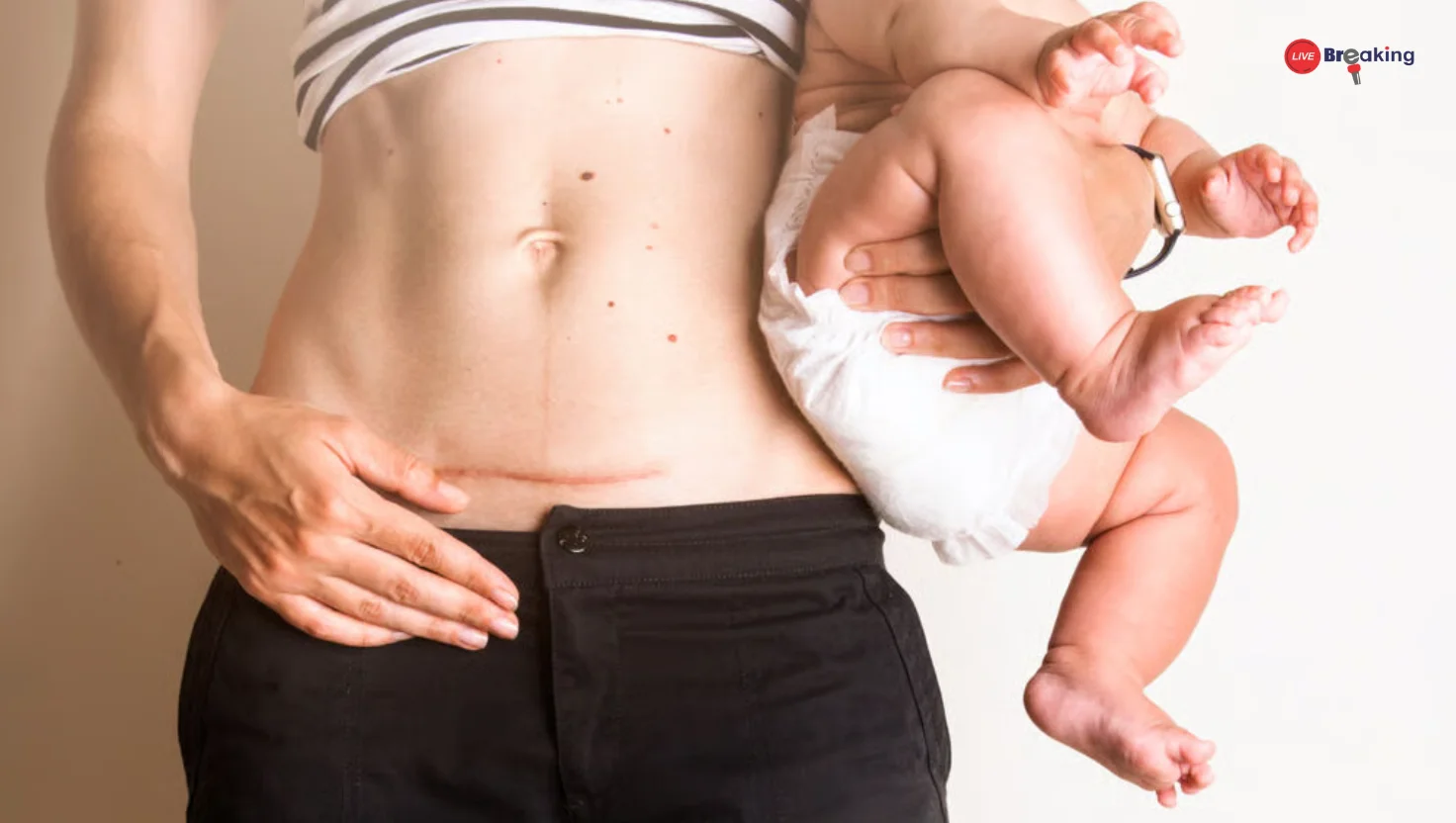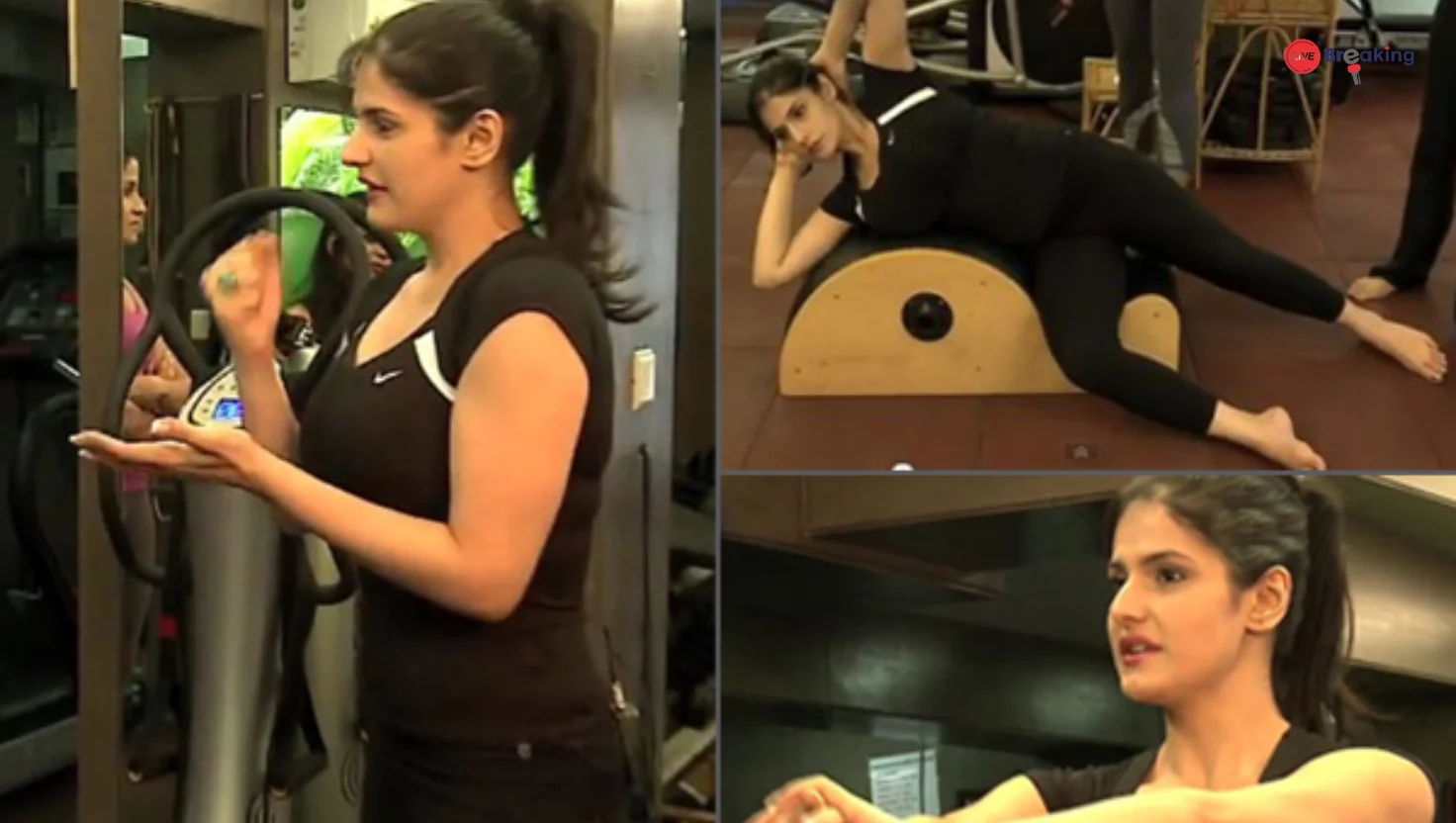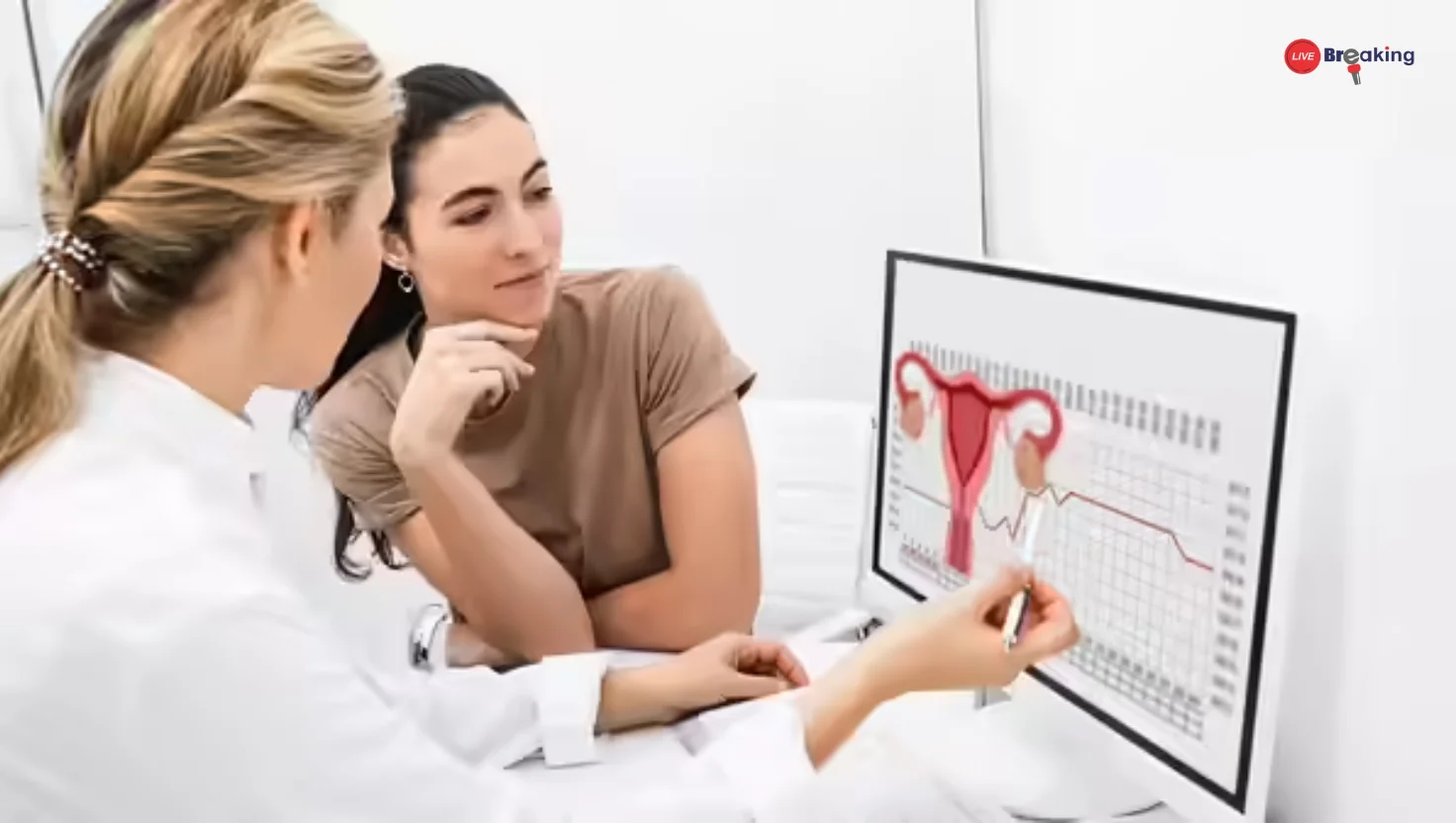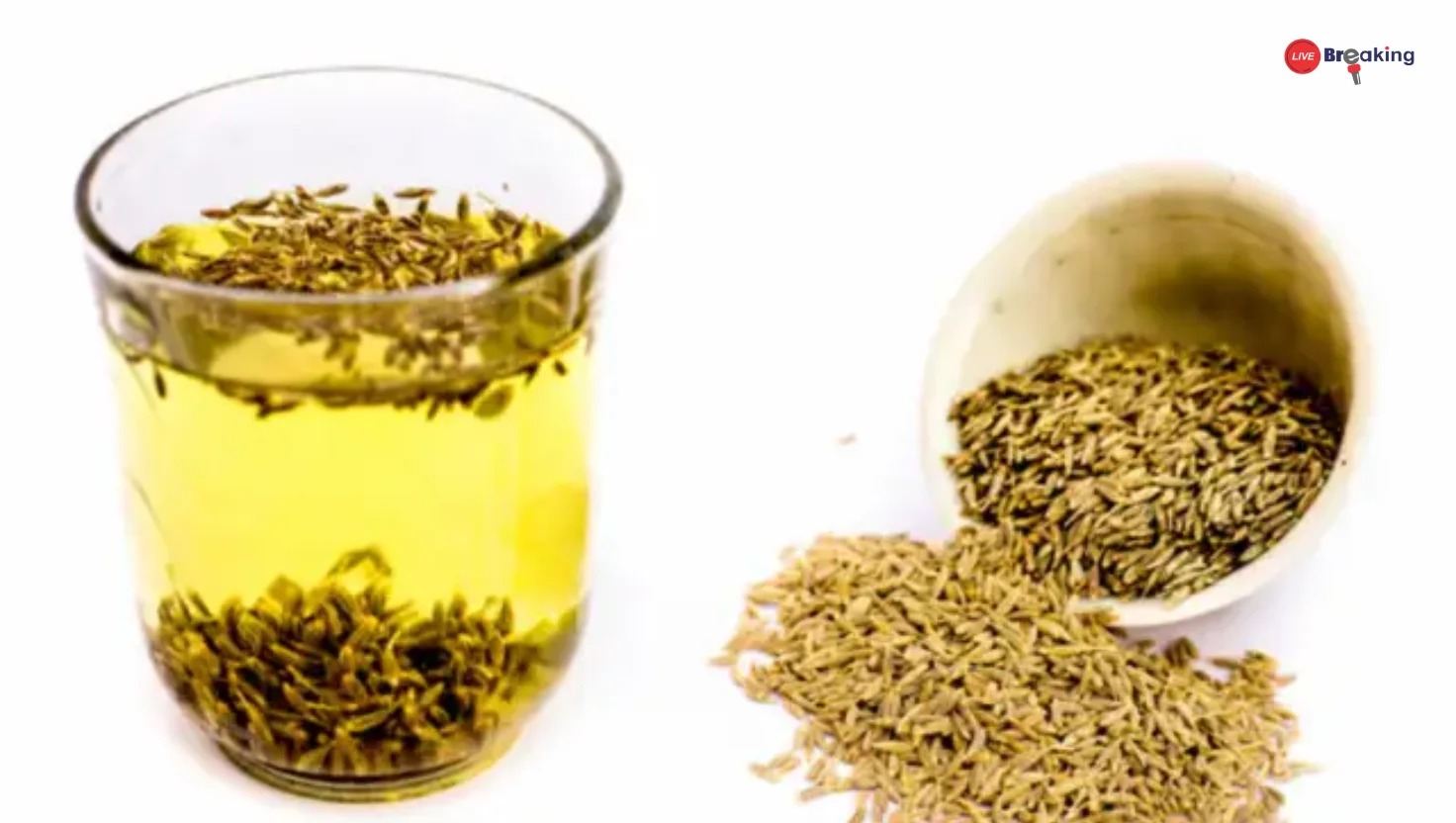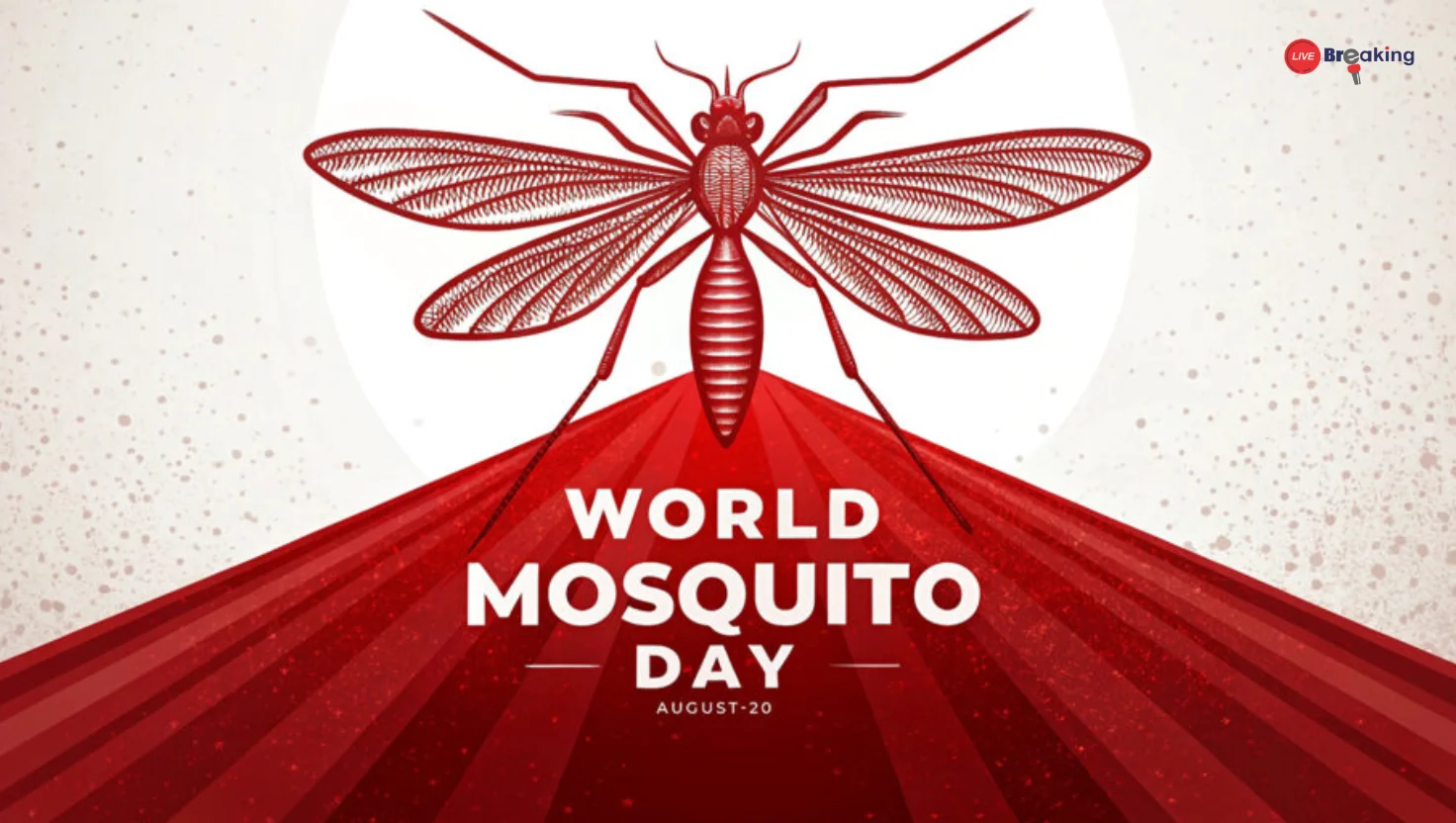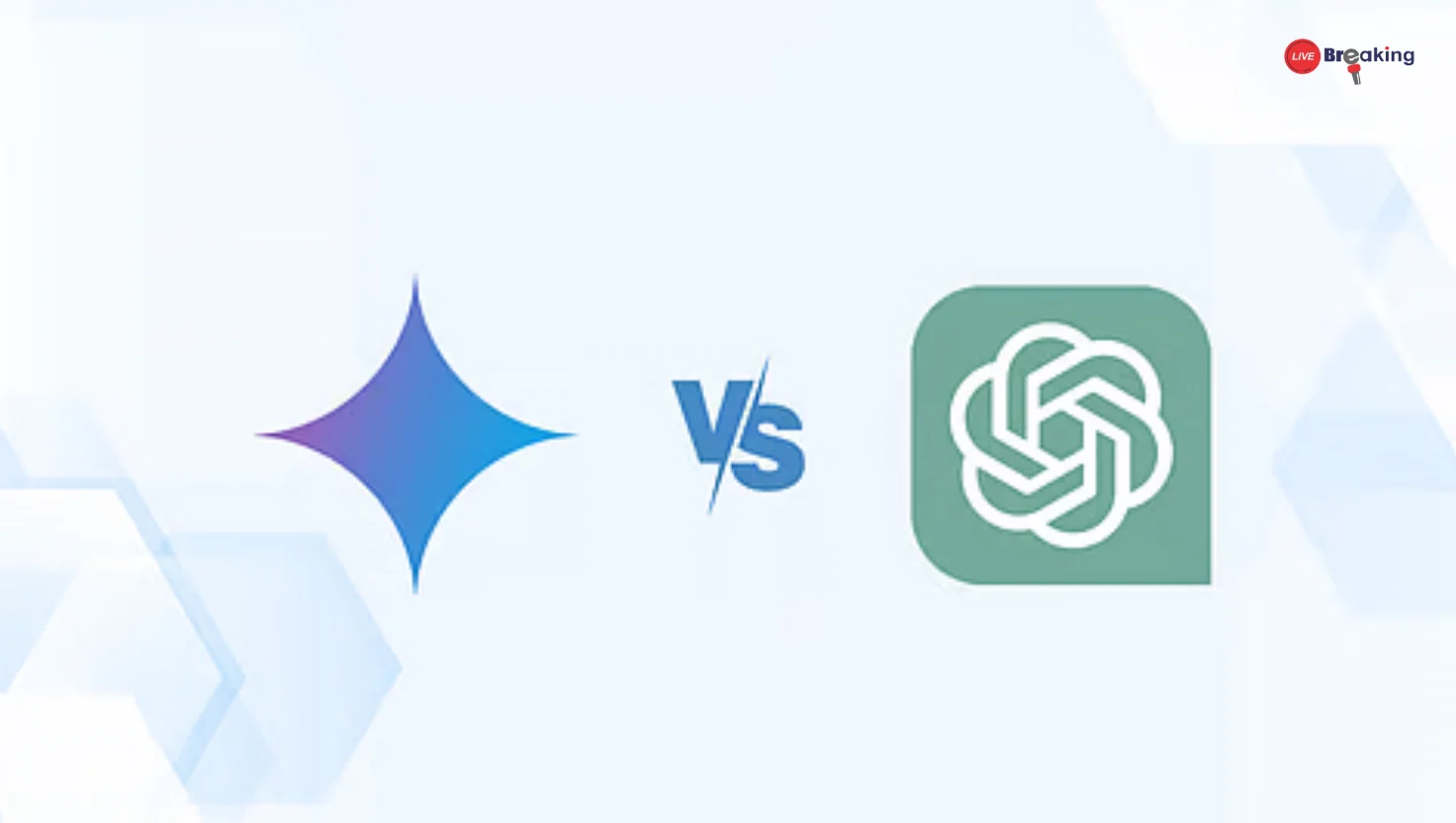Recovering After Childbirth: Tips for C-Section, Tailbone & Back Recovery
Bringing a baby into the world is a beautiful experience—but postpartum recovery can be physically demanding, especially for mothers healing from a C-section or dealing with tailbone and back pain. These types of discomfort are incredibly common, yet often under-discussed. Understanding the causes and knowing how to manage the pain can significantly improve the recovery journey for new moms.
Understanding Postpartum Pain
1. C-Section Pain:
A cesarean section is a major abdominal surgery. Pain and soreness around the incision site, along with internal healing, can take weeks. Activities like standing, walking, or even laughing may cause discomfort during early recovery.
2. Tailbone Pain:
Many women experience tailbone (coccyx) pain after vaginal delivery due to pressure during childbirth. This pain can worsen with sitting, sudden movements, or changes in posture.
3. Back Pain:
Backaches after delivery are often caused by hormonal changes, posture during pregnancy, lifting the baby, and strain during labor. Breastfeeding and sleepless nights can further aggravate it.
Tips to Ease C-Section Pain
-
Rest and Move Smartly: Avoid strenuous activity, but do gentle walks to promote circulation. Avoid lifting anything heavier than your baby for a few weeks.
-
Support the Incision: Use a pillow to brace your stomach when coughing or sneezing.
-
Use a Belly Binder: A postpartum abdominal binder can offer support and reduce pressure.
-
Pain Medication: Take prescribed painkillers or over-the-counter medication with your doctor’s guidance.
-
Keep the Incision Clean and Dry: Prevent infections by practicing good hygiene.
Read more: Coffee or Matcha: Which One Is Better for Daily Health? A Nutritionist Explains
Tips for Tailbone Pain Relief
-
Use a Donut Pillow: Sitting on a cushioned, ring-shaped pillow reduces pressure on the tailbone.
-
Alternate Sitting Positions: Lean forward slightly when sitting to reduce strain.
-
Ice Packs and Warm Compresses: Apply to the tailbone area to relieve pain and inflammation.
-
Stretching: Gentle pelvic tilts and lower-back stretches can improve mobility over time.
Tips for Back Pain Management
-
Posture Awareness: Keep your back straight while breastfeeding or lifting your baby. Use pillows to support your arms and baby during nursing.
-
Core Strengthening: Once cleared by your doctor, try gentle yoga or postpartum exercises to rebuild core muscles.
-
Heat Therapy: Warm compresses or warm baths can relieve muscle tension.
-
Avoid Overexertion: Don’t be afraid to ask for help. Rest and pacing are key to healing.
When to See a Doctor
While discomfort is normal, some symptoms may indicate complications:
-
Increasing pain or redness around the C-section incision
-
Fever, chills, or foul-smelling discharge
-
Persistent or worsening tailbone pain
-
Numbness, tingling, or severe back spasms
Always consult your healthcare provider if something doesn’t feel right.
Read more: Weight Lose Without Leaving Your Desk: Hydration, Movement & More
Final Thoughts
Postpartum recovery isn’t one-size-fits-all. Every woman’s body heals at its own pace. Be patient, listen to your body, and don’t hesitate to seek medical advice or emotional support. Easing pain after childbirth isn’t just about comfort—it’s about empowering mothers to focus on what matters most: bonding with their newborns.
Let me know if you’d like a version of this formatted for Instagram, a checklist graphic, or tips specific to natural births!

